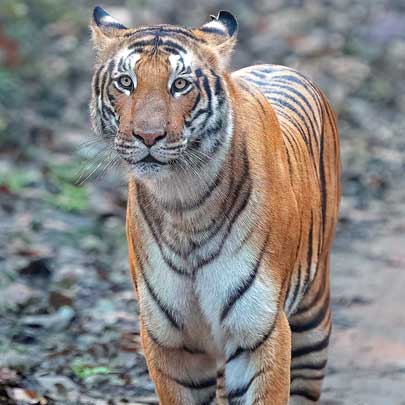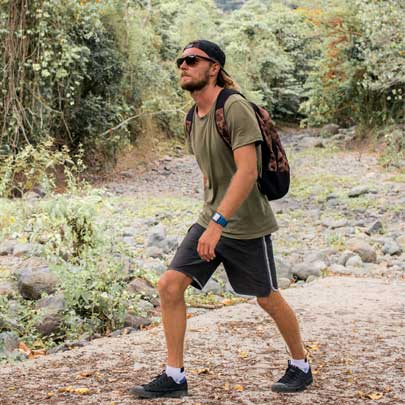The Role Of Panna National Park In India’s Eco-Tourism Growth
Panna National Park, located in Madhya Pradesh, has emerged as a cornerstone of eco-tourism in India. Renowned for its rich biodiversity and successful tiger conservation story, the park is a model for sustainable tourism and ecological balance. Here’s an in-depth look at how Panna National Park contributes to India's eco-tourism growth.
1. Biodiversity Conservation as a Tourist Attraction
- What it Offers: Panna National Park is home to a wide variety of flora and fauna, including the Bengal tiger, leopards, sloth bears and over 200 species of birds.

- Impact on Eco-Tourism: The park’s diverse ecosystem attracts eco-tourists and wildlife enthusiasts from across the globe, boosting sustainable tourism.

2. Panna Tiger Reserve: A Conservation Success Story
- Revival of Tigers: After being declared tiger-less in 2009, Panna National Park has seen a remarkable turnaround, thanks to focused conservation efforts like tiger reintroduction.
- Global Recognition: This success has made Panna a global case study in wildlife conservation, drawing tourists interested in responsible travel.
3. Promotion of Sustainable Practices
- Eco-Friendly Tourism: The park encourages low-impact tourism by limiting visitor numbers and promoting eco-friendly activities like bird watching and nature walks.

- Green Infrastructure: Lodges and safari operators near Panna adopt sustainable practices, such as solar energy usage and waste management systems.
4. Livelihood Opportunities for Local Communities
- Empowering Locals: Eco-tourism in Panna has created jobs for local communities as guides, naturalists and hospitality staff.
- Cultural Integration: Initiatives like handicraft workshops and tribal performances integrate local culture into the tourism experience, making it enriching and inclusive.
5. Attractions Beyond Wildlife
- Ken River and Raneh Falls: The serene Ken River offers boating and the scenic Raneh Falls adds to the park’s appeal.

- Historical and Cultural Sites: Nearby attractions like Khajuraho temples are an example of nature and heritage tourism.

6. Focus on Education and Awareness
- Workshops and Programs: The park conducts educational programs for visitors, students, and researchers to raise awareness about conservation.
- Visitor Impact: Eco-tourism at Panna encourages visitors to adopt sustainable habits and contribute to wildlife protection efforts.
7. Model for Responsible Tourism
- Wildlife-Friendly Policies: Strict anti-poaching measures and minimal human interference highlight Panna’s commitment to protecting wildlife.
- Eco-Tourism Framework: Panna’s successful integration of conservation and tourism is setting standards for other national parks in India.
8. Partnerships and Collaborations
- Government and NGOs: Collaborative efforts between the Forest Department and non-profit organizations have strengthened eco-tourism initiatives.
- Eco-Tourism Circuits: Panna is part of the Madhya Pradesh eco-tourism circuit, which includes Bandhavgarh, Kanha and Pench National Parks, enhancing its accessibility and appeal.
Conclusion
Panna National Park is a shining example of how eco-tourism can drive economic development while preserving natural heritage. Its unique blend of biodiversity, conservation success and sustainable tourism practices makes it a key player in India’s eco-tourism landscape.
As more travelers prioritize eco-conscious choices, Panna National Park continues to inspire and lead the way toward a greener, more sustainable future. 🌿












































































